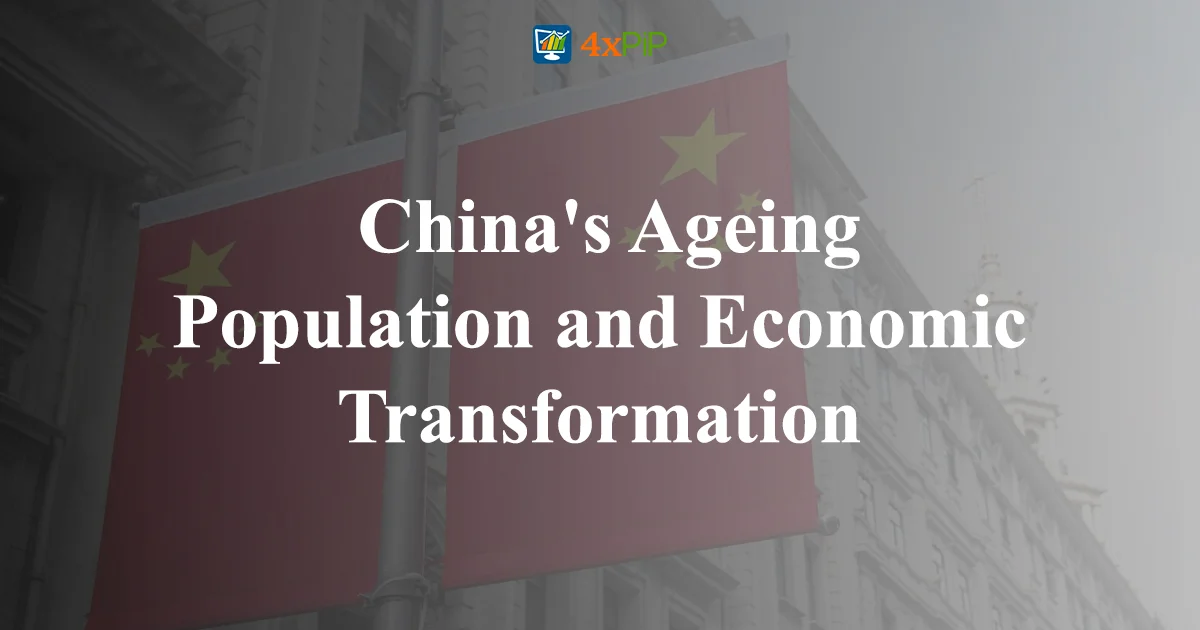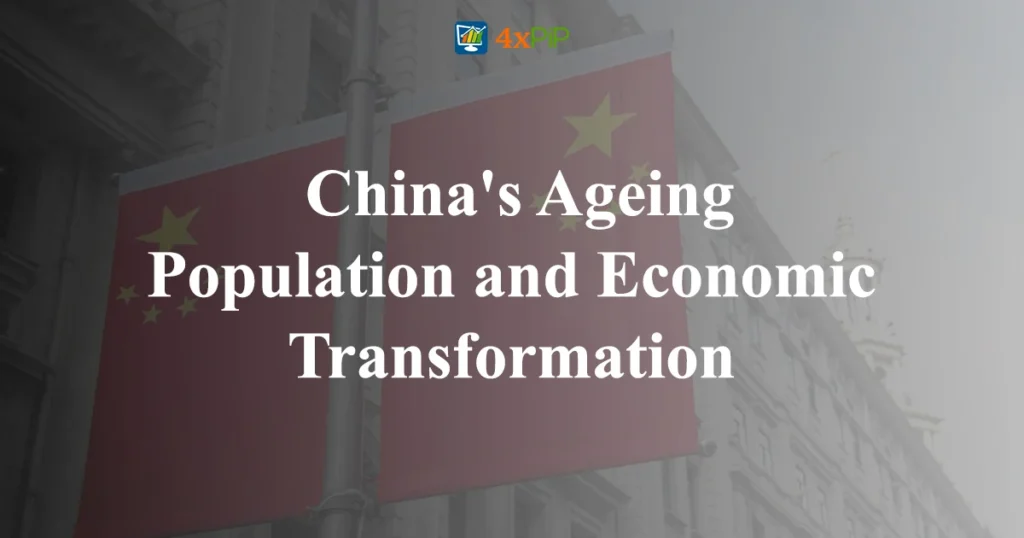China, home to 1.4 billion people and the world’s second-largest economy, faces a critical challenge as its population ages and undergoes a significant demographic shift. This transformation poses a threat to Beijing’s economic goals, particularly in the areas of boosting domestic consumption and managing the escalating national debt. Amidst this, it is crucial to examine the implications of China’s ageing population on its economic landscape. Let’s talk about how population changes and money decisions connect. Check out 4xPip for help understanding this and figuring out what it means for you. If you have questions, email them at [email protected].
Population Decline and Economic Concerns:
In 2023, China witnessed a record low birth rate and a wave of COVID-19 deaths, resulting in a second consecutive year of population decline. This trend accelerates concerns about the demographic downturn, further complicating China’s economic landscape. Structural imbalances are exacerbated as large segments of the population exit the labor pool, aging past their prime consumption years, and raising questions about the sustainability of current economic policies.
Challenges to Economic Growth:
China already faces challenges in maintaining a balance between domestic consumption and debt management. Household consumption share in economic output is low. Provincial governments, managing pensions and elderly care, grapple with deepening debt. Around 300 million individuals aged 50 to 60 leaving the workforce in the next decade strain pension budgets, projecting potential deficits by 2035.
Retirement Dynamics:
China’s low retirement ages for men and women, coupled with a surge in scheduled retirements, create a complex scenario. State-run companies mandate retirements, and private employers often follow suit. This, coupled with a pension system projected to run out of funds by 2035, raises concerns about the financial well-being of retirees. The evolving dynamics of family support systems and the challenges faced by individuals like Li Zhulin highlight the growing concerns about the impending pension crisis.
Changing Family Dynamics:
Traditional expectations of children financially supporting their ageing parents clash with modern realities. Rapid urbanization has led to young people moving away from their parents, necessitating self-care or reliance on government payments for seniors. The shifting dynamics, illustrated by the changing worker-to-retiree ratios, paint a challenging future for elderly care in China.
Consumption Patterns:
China’s second-largest demographic group, aged 30 to 49, enters a prime period for consumption. However, as this cohort ages into their 50s, their participation in domestic consumption is expected to decline. The subsequent generation, currently in their 20s, is the smallest since the 1950s due to the one-child policy. This demographic shift poses challenges for the property sector and raises comparisons with Japan’s economic struggles in the 1990s.
Innovation Challenges:
The ageing workforce in China not only affects consumption patterns but also raises concerns about innovation and productivity. As the workforce ages, there may be less incentive for innovation, potentially slowing down overall productivity improvement. This shift in dynamics prompts a critical examination of China’s economic strategies to avoid stagnation and navigate the challenges posed by an ageing population.
Summary:
China’s ageing population presents a multifaceted challenge to its economic transformation goals. From a demographic decline impacting consumption patterns to a looming pension crisis and innovation concerns, policymakers in Beijing face complex decisions. Navigating these challenges will require a careful balance between economic policies and societal expectations. As China grapples with these issues, the repercussions extend beyond its borders, influencing global economic dynamics. In this shifting landscape, proactive measures and strategic planning become imperative for sustainable growth. Check out 4xPip. They can help you figure out what’s going on with the economy. If you have questions, email them at [email protected].
FAQs:
How does China’s low birth rate impact its economy?
The low birth rate in China contributes to a shrinking domestic market, increasing the country’s reliance on exports as domestic consumption declines. This has implications for economic growth and global trade dynamics.
What role does the pension system play in China’s economic challenges?
The pension system in China faces the risk of running out of funds by 2035, creating deficits in many provincial jurisdictions. This poses a threat to the financial well-being of retirees and raises questions about the sustainability of the current system.
How does the one-child policy contribute to the current demographic challenges?
China’s one-child policy, in effect from 1980 to 2015, has led to a smaller generation in their 20s, impacting consumption patterns and posing challenges for sectors like the property market.
What are the potential consequences of an ageing workforce on innovation in China?
As the workforce ages, there may be a reduced incentive for innovation, potentially slowing down productivity improvement. This has broader implications for China’s economic strategies and competitiveness on the global stage.












